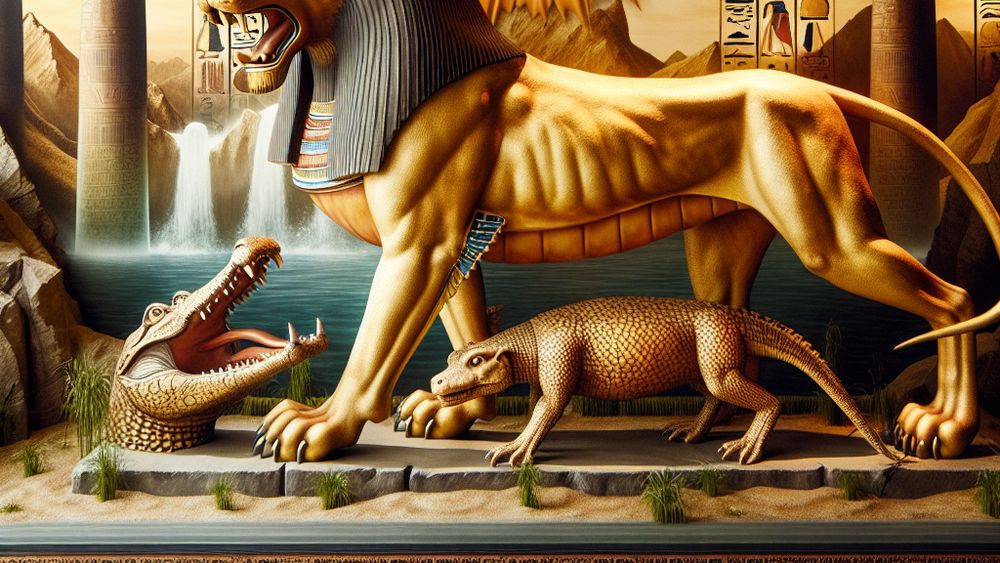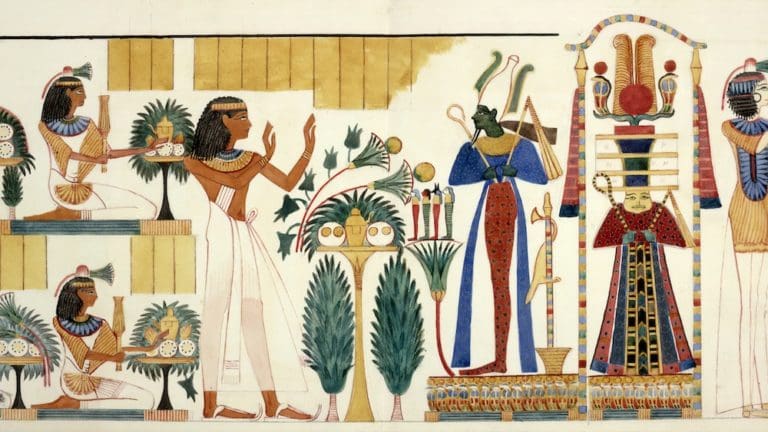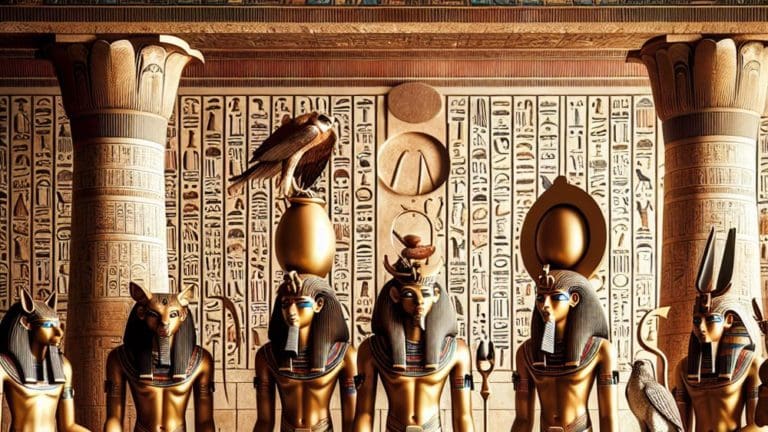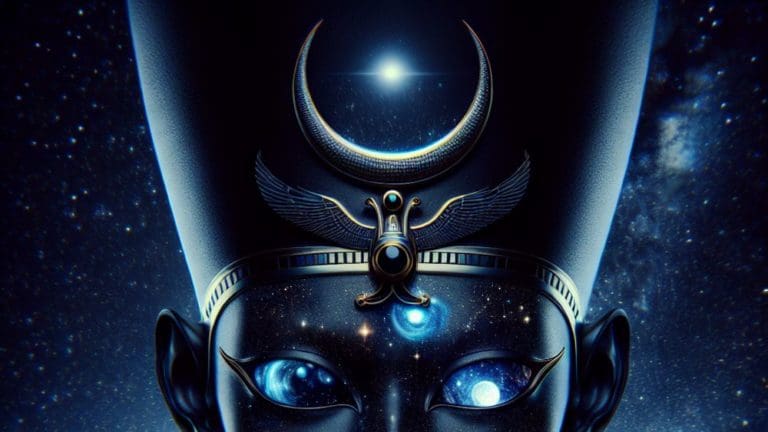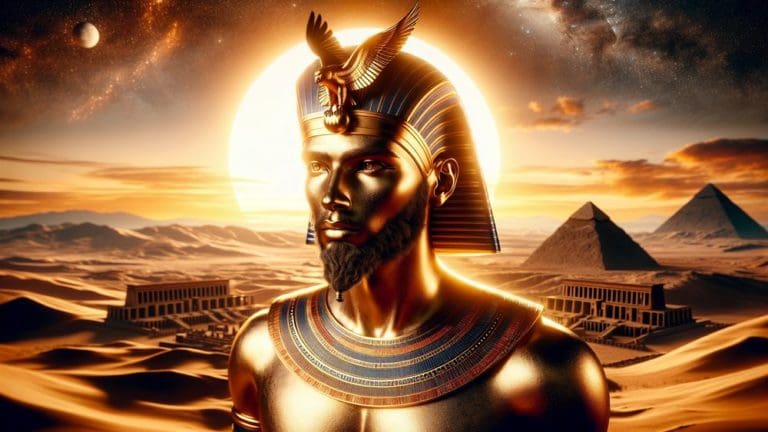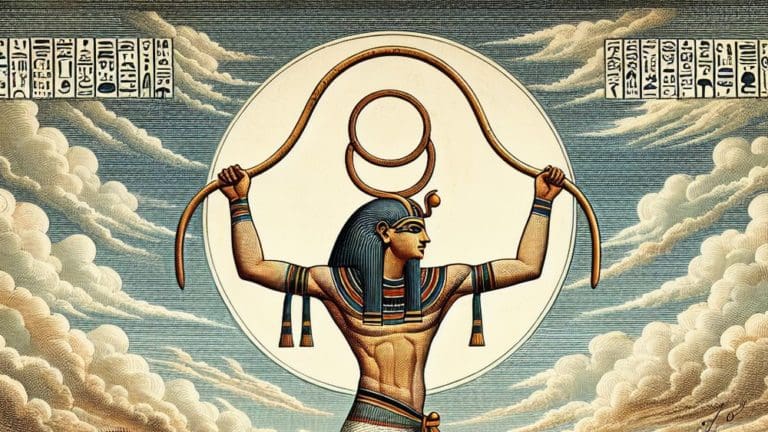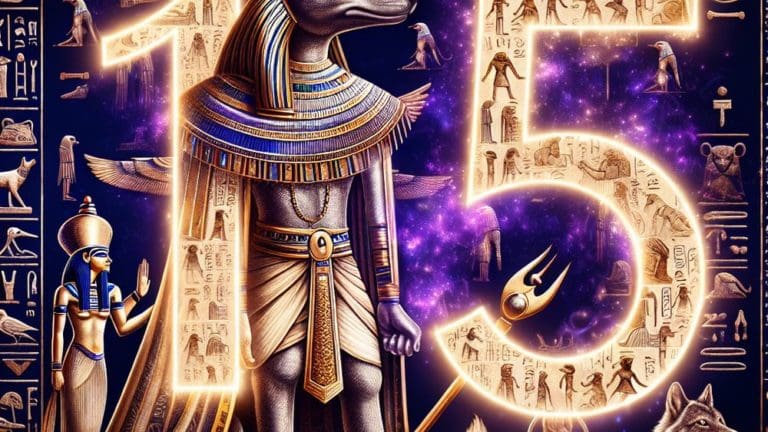Egyptian God Ammit: The Devourer Of Souls In Ancient Egypt
Egyptian God Ammit: The Devourer Of Souls In Ancient Egypt
Have you ever wandered through the labyrinthine myths of Ancient Egypt, only to find yourself face-to-face with one of its most enigmatic and terrifying deities? The Egyptian god Ammit, also known as the Devourer of Souls, stands at the juncture between life and death, between salvation and doom. This formidable figure is not just a god, but a creature that instills fear and reverence in equal measure.
Key Points:
- Ammit, the Egyptian god, is known as the Devourer of Souls.
- Ammit’s role was to judge the worthiness of the deceased in the afterlife.
- She was a composite creature embodying a lion, hippopotamus, and crocodile.
- Ammit was not worshipped but respected for her role in the weighing of the heart ceremony.
- The Weighing of the Heart ceremony determined the fate of the deceased based on Ma’at’s principles.
- Ammit symbolized justice, cosmic balance, and the consequences of one’s actions.
- Her iconography and symbolism reflected power, protection, and the ultimate judgment in Egyptian mythology.
She embodies the ultimate judge of one’s worthiness in the afterlife, a fusion of lion, hippopotamus, and crocodile – the most feared animals in Ancient Egypt. Imagine standing before her, your heart trembling on the scales against the feather of Ma’at. Through this introduction, we will delve deeper into the mythical role Ammit plays and explore her fearsome symbolism in the rich tapestry of Egyptian mythology and religion.
The Mythological Role of Ammit in Ancient Egypt
Ammit’s mythological role in Ancient Egypt is both unique and terrifying. As the devourer of the hearts of the deceased, she was not worshipped but deeply respected and feared. Her presence ensured that the judgment after death was carried out accordingly, serving as a grim reminder of the consequences of one’s actions in life.
Ammit’s Place in the Egyptian Pantheon
In the Egyptian pantheon, Ammit sits outside the traditional ranks of worship.
- Not worshipped: Unlike other Egyptian gods and goddesses, Ammit was never worshipped in temples.
- Role in the afterlife: She played a vital role in the weighing of the heart ceremony, determining the fate of the deceased.
- Association with justice: Her presence enforced the principles of Ma’at, ensuring truth and order prevailed.
Ammit’s place is unique, serving as a silent guardian at the scales of judgment rather than an object of prayer or worship.
Ammit’s unique role as a silent guardian in the afterlife emphasizes the importance of upholding truth and order for a favorable fate.
The Significance of the Weighing of the Heart Ceremony
The Weighing of the Heart ceremony was a pivotal moment in the journey of the dead in Ancient Egypt.

- Determination of fate: It determined whether a soul would proceed to Aaru, paradise, or be devoured by Ammit.
- Role of Anubis: The god Anubis led the deceased to the scales where the heart was weighed against the feather of Ma’at.
- Test of truth: This ceremony tested the deceased’s adherence to Ma’at’s principles of truth and balance during their lifetime.
The Weighing of the Heart underscored the Egyptian belief in justice and moral integrity.
Ammit’s Associations with Justice and the Afterlife
Ammit’s association with justice and the afterlife in Ancient Egypt underscored the culture’s adherence to Ma’at.
- Enforcement of moral order: Ammit was integral in the enforcement of Ma’at, the concept of truth, justice, and cosmic order.
- Symbol of consequences: She represented the ultimate consequence for those who failed to uphold Ma’at’s ideals.
- Guardian of cosmic balance: Through her role, Ammit served as a guardian, not just of the afterlife, but of the balance of the universe itself.
This deity embodies the severe but fair justice that Egyptians believed in, aligning the moral framework of their worldview with the cosmic order.
Ammit symbolized the severe but fair justice in Ancient Egyptian culture, embodying the concept of Ma’at and serving as a guardian of cosmic balance.
Iconography and Symbolism of Ammit
Diving into the mythological essence of Ammit, one can’t help but be fascinated by the iconography and symbolism this Egyptian deity holds. Ammit, the devourer of the dead, stands as a terrifying but vital presence in ancient Egyptian religion, embodying the consequence of one’s actions in life and the importance of the soul’s purity.
The Composite Nature of Ammit’s Appearance
The depiction of Ammit is as intriguing as her role in the weighing of the heart ceremony. Picture a creature that is part lion, part hippopotamus, and part crocodile; the very image evokes a sense of awe and terror. This combination was not arbitrary but meticulously chosen to represent the most powerful aspects of these feared animals.
| Animal | Body Part | Symbolic Representation |
|---|---|---|
| Lion | Front Part | Courage and Strength |
| Hippopotamus | Back Part | Power and Protection |
| Crocodile | Head | Ferocity and Swiftness |
Symbolic Meanings Behind Ammit’s Physical Traits
The physical features of Ammit were not only fearsome but deeply symbolic.
- Lion’s ForeBody: Signifies strength and power, embodying the authority of kings and gods.
- Hippopotamus Back: Symbolizes fertility and protection, reflecting the maternal aspects of divine retribution.
- Crocodile Head: Represents apex predation, signaling the swift devouring of the unworthy soul and its sins.
These traits combined showcase Ammit’s multifaceted role within Egyptian mythology, underscoring her as an entity of balance, protection, and ultimate judgment of the deceased.

Ammit in Ancient Egyptian Art and Hieroglyphs
Ammit’s presence in Egyptian Art provides a fascinating lens through which to explore ancient beliefs about death, judgment, and the afterlife.
- Funerary Texts and Tombs: Often depicted in the Book of the Dead, Ammit’s image serves as a stern warning to the living about the perils of the afterlife and the importance of maintaining Ma’at, or divine order. [1]
- Hieroglyphs: Symbols associated with Ammit, such as the scale and feather of Ma’at, can be found across ancient Egyptian monuments, reinforcing her integral role in the judgment of the dead.
By understanding Ammit’s iconography and symbolism, we gain deeper insights into the values, fears, and hopes of the ancient Egyptians regarding life after death and the cosmic balance of Ma’at.
Exploring Ammit’s symbolism and role in ancient Egyptian art reveals insights into their beliefs about the afterlife and the significance of maintaining cosmic balance.
FAQs
1. What did Ammit symbolize in ancient Egyptian culture?
In ancient Egyptian culture, Ammit symbolized the ultimate punishment for those deemed unworthy after death. Her role was not just about devouring souls but acting as a terrifying reminder of the importance of living a life in accordance with Ma’at, the principle of truth and order.
2. How did Ammit contribute to the concept of Ma’at?
Ammit’s contribution to the concept of Ma’at was profound, serving as the final arbiter of one’s adherence to the principles of truth and justice. If one’s heart was found heavier than the feather of Ma’at, Ammit would devour it, denying the deceased entry into the afterlife and maintaining cosmic order.
3. Are there any temples dedicated to Ammit?
While Ammit is a central figure in ancient Egyptian religion, there are no known temples dedicated exclusively to her. Her presence was more symbolic, tied to the weighing of the heart ceremony rather than being an object of worship in physical sanctuaries.
4. How is Ammit portrayed in modern media and literature?
Ammit has captivated the imagination of modern media and literature, often depicted as a formidable creature embodying the ancient Egyptians’ fears and beliefs about judgment after death. While interpretations vary, her essence as the devourer of souls remains a consistent aspect of her portrayal.
Conclusion
The Egyptian god Ammit’s role in the judgment of the deceased underscores her significance in the ancient Egyptians’ conceptualization of the afterlife and moral order. Her image, imbued with elements of lion, crocodile, and hippopotamus, serves as a potent symbol of the consequences awaiting those who stray from the path of Ma’at. This exploration invites us to delve deeper into the mysteries of ancient Egyptian beliefs, encouraging a greater appreciation for their intricate understanding of life, death, and the eternal balance. As we continue to uncover and interpret the past, let us do so with respect and curiosity, remembering that the stories of gods like Ammit teach us about the values, fears, and hopes of the people who venerated them.
May our journey into ancient history illuminate our understanding of humanity’s perennial search for meaning and justice. Farewell, fellow adventurers, until our next exploration into the whispers of the past.
Warmly,
Cedric

